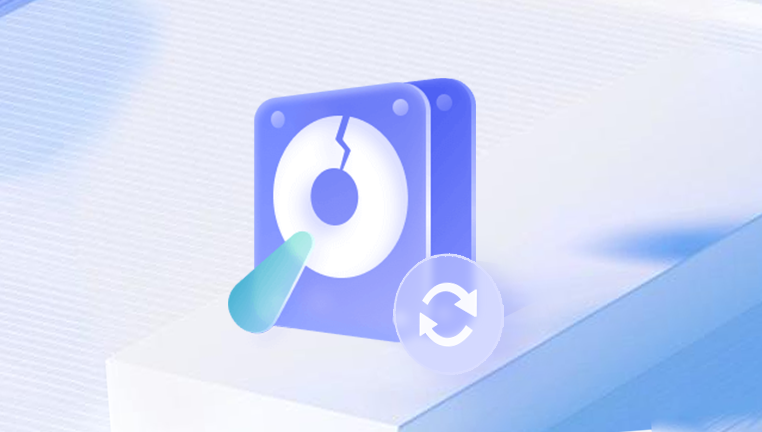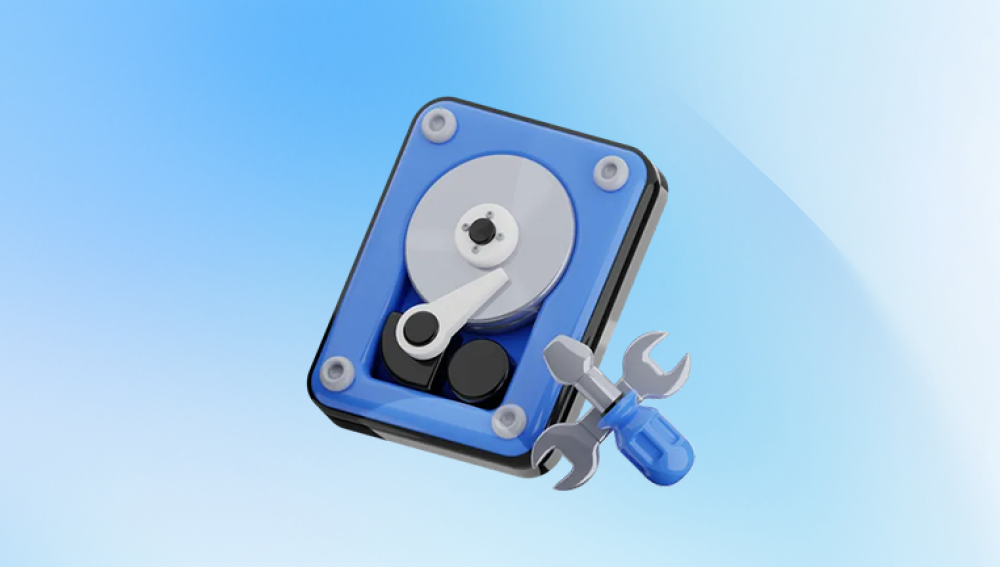External hard drives are convenient for storing large amounts of data, but they can occasionally malfunction. A WD external hard drive not responding can be a frustrating experience, especially if you rely on it for important files.
1.1 Symptoms of a Non-Responding WD External Hard Drive
The drive is not recognized by the computer.
The drive makes unusual noises (clicking, beeping).
The drive appears in Disk Management but shows as unallocated or RAW.
The computer freezes or slows down when the drive is connected.
1.2 Potential Causes
Physical damage to the drive.
Corrupted file system.
Outdated or faulty drivers.
USB port issues.
Power supply problems (for powered drives).

2. Initial Troubleshooting Steps
2.1 Check Connections
Ensure the USB cable is securely connected to both the hard drive and the computer.
Try using a different USB port on the computer.
If available, use another USB cable to rule out cable failure.
2.2 Test on Another Computer
Connect the WD external hard drive to a different computer. This can help determine if the issue lies with the drive or the original computer.
2.3 Listen for Noises
Pay attention to any unusual sounds from the drive. A clicking noise may indicate mechanical failure, while a spinning sound is generally normal.
3. Using Disk Management
3.1 Accessing Disk Management
Right-click on the Start menu and select "Disk Management."
Look for your WD external hard drive in the list.
3.2 What to Look For
If the drive appears but is unallocated, it may need formatting.
If it shows as RAW, the file system may be corrupted.
3.3 Assigning a Drive Letter
If the drive is detected but lacks a drive letter, right-click on it and select "Change Drive Letter and Paths," then assign a new letter.
4. Driver Issues
4.1 Updating Drivers
Right-click on the Start menu and select "Device Manager."
Expand "Disk Drives" and locate your WD external hard drive.
Right-click and select "Update driver." Follow the prompts to search automatically for updated driver software.
4.2 Uninstalling and Reinstalling Drivers
If updating does not work, try uninstalling the driver. Right-click on the drive in Device Manager and select "Uninstall device." Restart your computer; Windows will automatically reinstall the driver.
5. Power Supply Issues
5.1 Checking Power Supply
For powered WD external drives, ensure that the power adapter is working. Try a different outlet or power adapter if available.
5.2 Using a Powered USB Hub
If the drive is not receiving enough power from the USB port, consider using a powered USB hub.
6. File System Repair
6.1 Running CHKDSK
Open Command Prompt as an administrator.
Type chkdsk X: /f (replace X with the drive letter of your WD external hard drive) and press Enter. This will check and attempt to fix file system errors.
6.2 Using WD Drive Utilities
Download and install WD Drive Utilities from the WD support website. Use it to perform diagnostics and repair on the drive.
7. Data Recovery Solutions
7.1 Backup Important Data
If the drive is accessible but not responding correctly, back up any important data immediately.
7.2 Using Data Recovery Software
Consider using third-party data recovery software such as Recuva, EaseUS Data Recovery Wizard, or Stellar Data Recovery. These tools can help recover files from a malfunctioning drive.
7.3 Professional Data Recovery Services
If the drive is physically damaged or data recovery software fails, consider contacting a professional data recovery service. They can often recover data that you might not be able to access on your own.
8. Preventive Measures
8.1 Regular Backups
Maintain regular backups of your data to avoid loss in case of drive failure.
8.2 Safe Ejection
Always safely eject the drive from your computer before unplugging it to prevent file system corruption.
8.3 Use Surge Protectors
Protect your hard drive from power surges and fluctuations by using a surge protector.
A WD external hard drive that is not responding can be a daunting issue, but with the right steps, you can troubleshoot and potentially recover your data. Begin with basic checks and escalate to more complex solutions as needed. Remember to back up your data regularly to prevent future loss. If all else fails, professional recovery services can help salvage critical information.




